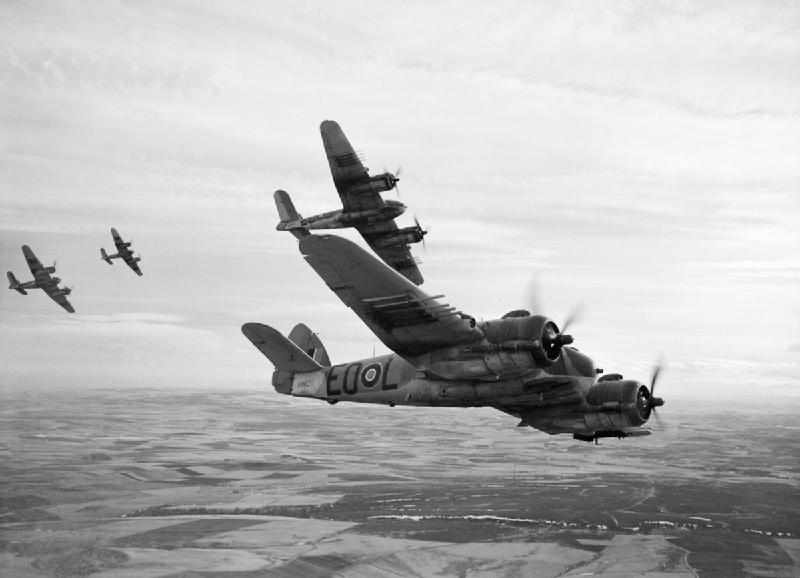
- For PC
- For MAC
- For Linux
- OS: Windows 10 (64 bit)
- Processor: Dual-Core 2.2 GHz
- Memory: 4GB
- Video Card: DirectX 11 level video card: AMD Radeon 77XX / NVIDIA GeForce GTX 660. The minimum supported resolution for the game is 720p.
- Network: Broadband Internet connection
- Hard Drive: 23.1 GB (Minimal client)
- OS: Windows 10/11 (64 bit)
- Processor: Intel Core i5 or Ryzen 5 3600 and better
- Memory: 16 GB and more
- Video Card: DirectX 11 level video card or higher and drivers: Nvidia GeForce 1060 and higher, Radeon RX 570 and higher
- Network: Broadband Internet connection
- Hard Drive: 75.9 GB (Full client)
- OS: Mac OS Big Sur 11.0 or newer
- Processor: Core i5, minimum 2.2GHz (Intel Xeon is not supported)
- Memory: 6 GB
- Video Card: Intel Iris Pro 5200 (Mac), or analog from AMD/Nvidia for Mac. Minimum supported resolution for the game is 720p with Metal support.
- Network: Broadband Internet connection
- Hard Drive: 22.1 GB (Minimal client)
- OS: Mac OS Big Sur 11.0 or newer
- Processor: Core i7 (Intel Xeon is not supported)
- Memory: 8 GB
- Video Card: Radeon Vega II or higher with Metal support.
- Network: Broadband Internet connection
- Hard Drive: 62.2 GB (Full client)
- OS: Most modern 64bit Linux distributions
- Processor: Dual-Core 2.4 GHz
- Memory: 4 GB
- Video Card: NVIDIA 660 with latest proprietary drivers (not older than 6 months) / similar AMD with latest proprietary drivers (not older than 6 months; the minimum supported resolution for the game is 720p) with Vulkan support.
- Network: Broadband Internet connection
- Hard Drive: 22.1 GB (Minimal client)
- OS: Ubuntu 20.04 64bit
- Processor: Intel Core i7
- Memory: 16 GB
- Video Card: NVIDIA 1060 with latest proprietary drivers (not older than 6 months) / similar AMD (Radeon RX 570) with latest proprietary drivers (not older than 6 months) with Vulkan support.
- Network: Broadband Internet connection
- Hard Drive: 62.2 GB (Full client)

The Beaufighter was the child of the Beaufort design, which was a direct design continuation from the Blenheim bomber. With Air Ministry support, the Type 156 Beaufighter prototype first flew in July 1939, just eight months after the initial design specifications had been agreed.
 |
The Beaufighter's predecessor,
|
The initial design began towards the end of 1938 at Bristol’s factory at Filton. The idea was to produce a high-performance, long-range fighter to cover a perceived gap in the RAF’s fighter umbrella over Britain and its territories. Like many of the twin engined fighter concepts of the day the Beaufighter was intended to fill the role of a long range, long endurance heavy fighter and bomber interceptor.
Though first presented to the Air Ministry in 1938 and despite the loss of Frank Barnwell, the designer of the Bristol Blenheim, in an aircraft accident in August 1938, the Bristol company offered to build an interim aircraft and were awarded a design specification to provide four prototype long-range heavy fighters. By designing a new nose and forward fuselage to the Bristol Beaufort main wing of light-alloy stressed-skin and new center section fuselage and tail unit, design time and workload was greatly reduced. The design also called for more powerful engines with the Bristol Hercules selected and an armament of four 20mm cannons.
 |
A Bristol Type 156 Beaufighter on an
|
The first prototype Type 156 flew on 17 July 1939 and was followed by the three remaining prototypes, these aircraft being tested around May 1940. Some small changes in design were made, such as moving the oil coolers from the tops of the engine cowlings to the inboard end of the outer wing leading edge and the two-speed supercharged Bristol Hercules radials which were mounted well ahead of the wing leading edges to avoid vibration. After extensive testing the aircraft was deemed a success, this was a fortunate event as orders for initial aircraft had already been made.
The first production version was the 1F which was built at the Filton factory and a new factory at Weston-Super-Mare. The Mk1F variant was equipped with the first series of Airborne Interception Radar sets and the first aircraft entered RAF service on 12th August 1940, with first operational flights taking place on the night of the 4th September.
The first confirmed aircraft kill by a Beaufighter using radar was a Ju88 shot down by No.604 Squadron on 19 November 1940.
 |
Canadian Beaufighters in flight |
The Beaufighter would go on to be one of a handful of aircraft that would see service throughout the war; from its initial service as a night fighter it would go on to provide services to Coastal Command as a fighter bomber, a torpedo bomber and submarine hunter.
Different variants would see service in the Mediterranean and North Africa harassing transports at sea and in the arid expanses of the Sahara, and carrying out the last operational sortie of the European war, a strike against German shipping in the Skagerrak.
In the Pacific the Beaufighter would be vital in strangling the supply lines of the Imperial Japanese forces from India to Guadalcanal, striking shipping, aircraft, personnel and stores. The legacy of this aircraft is a fitting reminder to the service of the men that flew it, Big, Bold and Burly, the Ten Gun Terror.
The War Thunder Team



